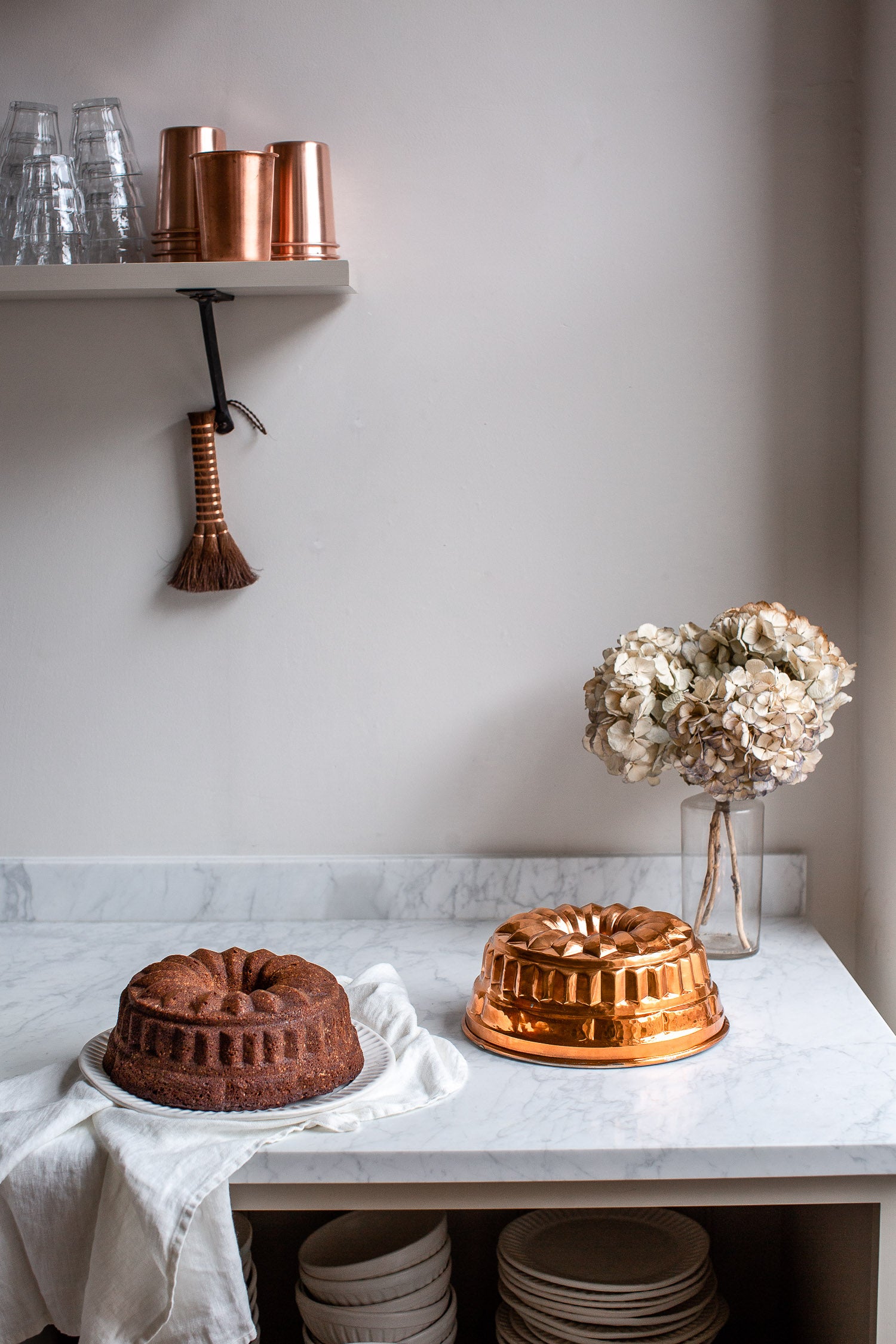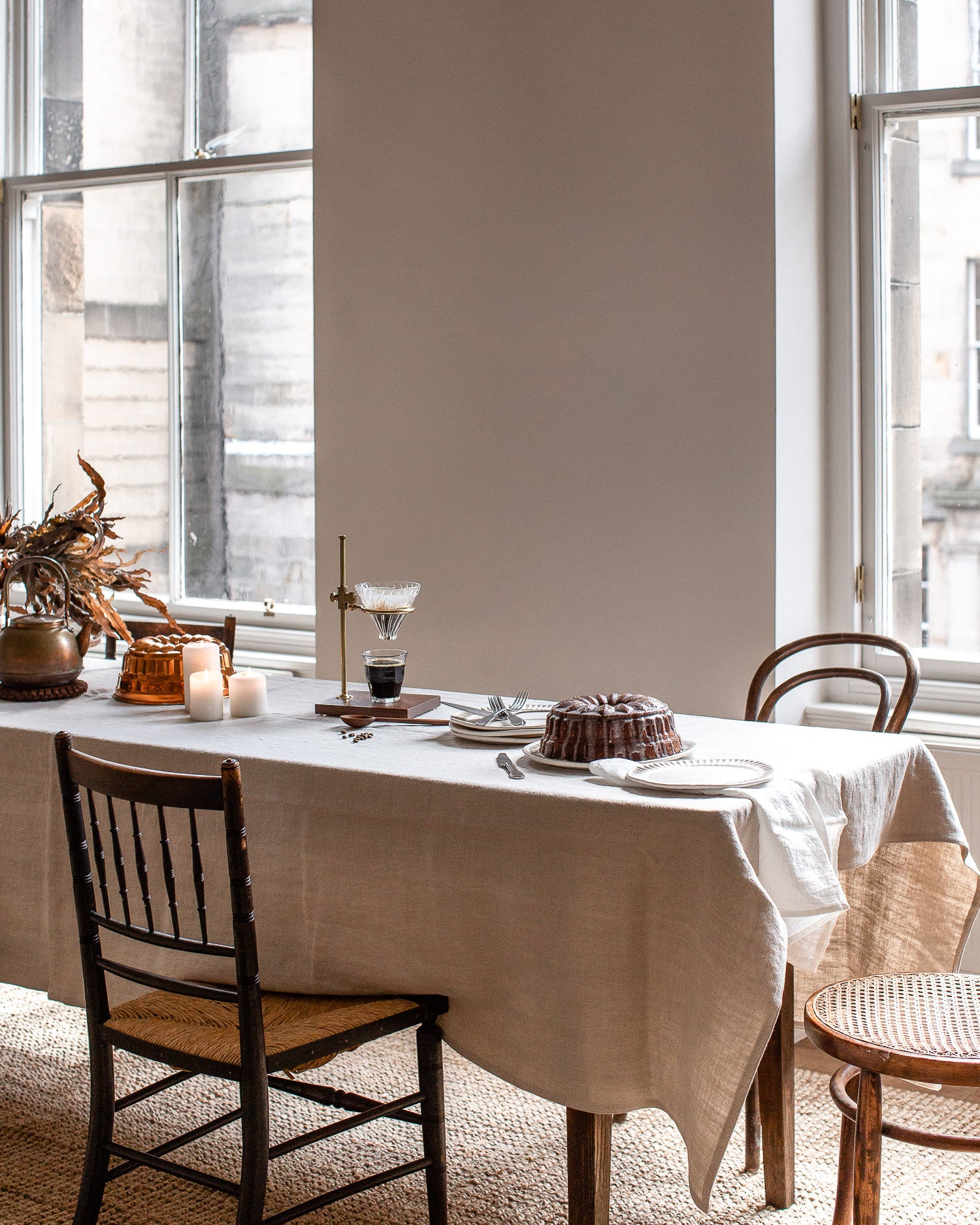
In challenging times such as the ones we find ourselves in, it is easier than ever to scoff at the frivolity of aesthetics and beauty and dismiss their pursuit as self-indulgent. And yet at the same time, it is precisely in the most trying of periods that the true redemptive qualities of aesthetics and beauty can offer a healing balm where little else can.
I remember listening to a story about a soldier returning home from the front lines during World War I. He was returning home for a brief visit before being redeployed. He reported on the impact that visiting a museum of art had had on him. As he walked around the museum surrounded by the masterpieces, he felt tears well-up in his eyes. Never had he experienced the beauty of art in the way he was experiencing it then in contrast to the horrors of war he had just witnessed. Never before had art and beauty moved him so deeply and offered such a feeling of redemption. It was not just beautiful it was healing in a way he had not experienced before.
In times before the modern era, beautiful, awe-inspiring spaces were regularly created for the general public, offering a place of solace and inspiration. From the breath-taking beauty of places of worship to grand public buildings such as libraries, universities or train stations, historically, beautiful public spaces were created with a reverence for the way that our surroundings impact our daily lives.
But following the simultaneous rise of modernism and individualism in Western societies, this focus on the beauty of communal spaces waned. At the same time, modernism severed the ties to traditional ways of creating that had come before and the new minimalist aesthetic removed most traces of a storied past from both objects and interiors. Replacing natural living materials used in traditional handicrafts with uniform and un-aging ones such as glass and plastic, the modernist aesthetic aspired to create a sort of vacuum into which each individual could project their own desired identity. Spaces moved away from inspiring minds and guiding hearts to offering a blank canvas for people to invent themselves within.
Taken to its extreme, the creation of a blank space for individuality to arise from can also result in a loss of a clear sense of self. Making reference to the writing of the wonderful political philosopher Hannah Arendt, in his work ‘The Disappearance of Rituals’, philosopher Byung-Chul Han speaks of the stabilising force that the objects in our lives can have. According to Han and Arendt, the objects in our lives stabilise our own, ever-changing identity and sense of self through their sameness. It is the durability of the objects, and in turn their enduring role in our daily lives over years of accompanying us, that stabilise our sense of self.
It can be extraordinarily difficult to create a stable sense of self when everything around us is in constant flux. Untethered from the grounding effect that the constancy in our physical world offers, dizzied by the seasonally updated carousel of trends, and surrounded by things devoid of signs of age and unaltered by the passage of time, we can feel uprooted, adrift and lacking in a clear sense of self.
What the emptiness of modernism did was to create a sort of blank slate, that cleared the way for a multitude of aesthetic principals and styles to become popularised in a kind of eclectic free for all. While enriching our lives in some way, unfortunately in other ways, this acceptance of variety coupled with the growth of capitalism and our intrinsic desire for the new, led to many traditional craftsmanship-base production processes being replaced by mass-production. Trends and a throw-away culture replaced quality and longevity and with it, much of the sense of stability we gained from our physical environments.
So many of us have a deep yearning to spend time in beautiful spaces. In today’s world much of that focus has moved into our private spheres with our homes being the primary spaces where we are free to express our needs and preferences and with them define and stabilise our sense of self.
In her book titled ‘William Morris and Morris and Co’ written about the work of the British designer, artist, writer and activist associated with the Arts and crafts movement, Lucia van der Post asserts that Morris had a deep intuitive understanding of the importance of home for our daily lives. She notes that “it is [his] instinct for warmth, homeliness and fellowship, and how these [traits] can be fostered by decoration, that was his real gift”… “Today we require that our furniture and decoration, far from aspiring to the condition of blankness speak to us openly of our hopes and desires, our dreams and our memories”.
The question that has arisen for our time is how we can make purchasing decisions that will both infuse our spaces with a warm soulfulness while also beginning to move us away from the hyper-capitalist values that have dominated purchasing over the last few decades?
When I think about these questions, quality and longevity are front of mind. Following several decades of throw-away consumption, many of us feel an intrinsic need to build a more stable relationship to the objects around us more in line with the relationship that Han and Arendt spoke of. By purchasing well-made items that can stay in use for years to come, we create an opportunity for the physical objects in our daily lives to reflect back to us a more stable sense of ourselves.
From fingerprint marks that create a patina that can only be achieved over years of use, to a well-worn fabric that is softer to sleep in after years of use than it was when we first acquired it, these sensual experiences can only be created over time and only if the products that we buy can withstand daily use over years or even decades.
In the book ‘The Beauty of Everyday Things’ Soetsu Yanagi writes “we no longer look upon objects as we used to, which is undoubtably due to their poor quality. In the past, everyday objects were treated with care, with something verging on respect. While this attitude may in part have been a result of the scarcity of goods in past times, I believe it principally resulted from the honest quality of their workmanship and the fact that the more an object was used, the more its beauty became apparent. As our constant companions in life, such objects gave birth to a feeling of intimacy and even affection…the careless way things are made has robbed us of any feeling of respect or affection.”
Yanagi, Han and Arendt are all highlighting the same basic point when they talk about the constancy of the objects in our lives, namely that their presences and integration into our daily tasks offers a stabilising force that is lost through the seasonal replacement of things for new trends. And they also highlight the important role that quality, craftsmanship and beauty play in fostering the formation of this relationship. If objects are not built to last, being able to withstand daily use, it becomes impossible to keep them in our lives. If they are too cheap to repair and too easy to replace, we simply cannot keep them for long enough for their stabilising effect to take root.
I would like to take the time here though to highlight that these ideas are aspirational ideals not rules to be beholden to. We all want to live in beautiful surroundings, but we are also all constrained by the very real restrictions of time, money, and attention or capacity. While drawing our attention to these ideas can be a helpful way of guiding our thinking and decision-making processes, when applied too rigidly these values can easily begin to feel restrictive, punitive and impossible to reconcile with the reality of our daily lives.
If any of the discussion above feels relevant and meaningful, I would encourage that the values of quality, craftsmanship, beauty and longevity be treated as beautiful ideals that can guide our decisions rather than rules that restrict them.
In this same gentle spirit we are inspired and guided by the values of quality and craftsmanship in our own product curation for the shop. We pay close attention to the materials, craftsmanship and production that make objects aesthetically appealing and able to withstand the test of time, mellowing and softening with time and use rather than becoming unusable.
Our copper products are a beautiful example of these values. Whether it is our Copper Tea and Coffee Canisters and our Copper Kettle which are handcrafted in Japan or our Copper Cups and Copper Cake Mould and Copper Bunt Cake Mould, crafted in the Northern Italian mountains by three generations of copper-craftsmen working side by side, all have been created to exceptionally high standards allowing them to stay in use for decades to come. What’s more, with such care and attention to detail, each object will execute the function it was created for perfectly, making their daily use a joy.
For example, our copper kettle has the tiniest curve on its spout allowing it to pour perfectly without dripping. Similarly, the selection of copper over silicone for our beautiful cake moulds means that your cakes will cook perfectly and evenly (even if you are not an expert baker) through the superior heat-distribution that copper offers over other materials. At the same time, the moulds are so pretty that they are perfect for displaying on open shelving or hanging on the wall using the loop provided. Finally, the unique patina that forms on all of these copper products through years of use, cannot be recreated through anything other than time. It is the careful attention to all of these details in the selection and creation of these simple kitchen tools that makes using them a joy for years to come. Their regular use over time will infuse them with a worn soulfulness and their constant presence in our lives ultimately begins to offer that unique stabilising effect that Han and Arendt speak of in their reflections.













Images above show our Hand Forged Copper Bunt Cake Mould, Copper Kettle, Copper Tea and Coffee Canisters, Handmade Linen Kitchen Towel and Napkin Sets in Off-White, Handmade Fluted Soup Bowl, Dinner and Side Plates, Stone Washed Dessert Flatware Set and Cake and Pie Server, Classic French Table Glasses, Hand Carved Wooden Coffee Scoop, Shuro Palm Trivets, Brass Coffee Pour Over Stand, Heavy Washed Belgian Linen Tablecloth and Shuro Palm Hand Broom.
